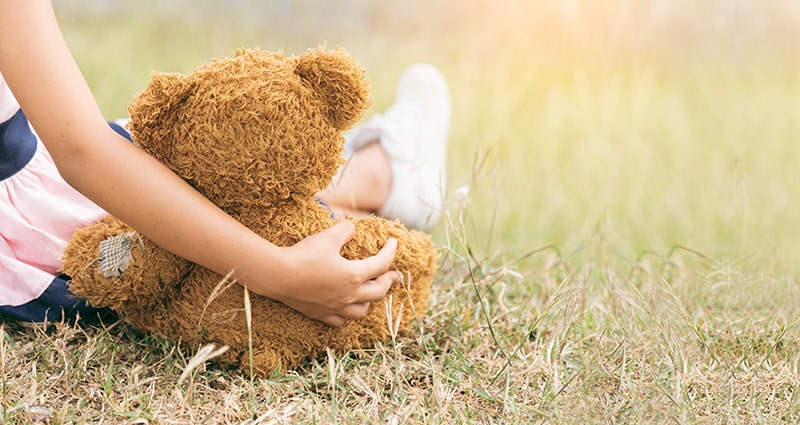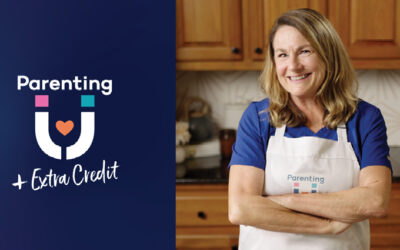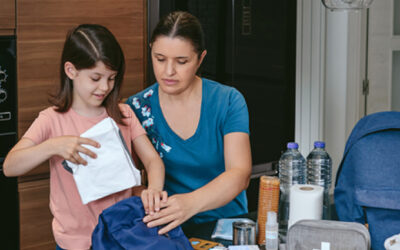Parents often find it difficult to talk about sexual abuse, especially with the very children they are trying to protect. As our kids start a summer full of camps and new routines in the next few weeks, it’s important to have these conversations.
Sexual abuse is more common than most people think — more than 60,000 children nationwide become victims each year. In the U.S., a child is abused every 98 seconds, according to the Rape, Abuse and Incest Network, a national anti-sexual violence organization.
The concept is called “safe touch.” It’s an age-appropriate way to teach children about their bodies, as well as the difference between safe touching and unwanted, unhealthy or harmful touching.
6 tips for a safe touch:
- Get into a daily routine asking your children open-ended questions about their day. Open-ended questions are those that don’t have a “yes” or “no” answer, instead encouraging children to discuss details. For example: instead of asking, “Did you have a good day today?” ask “Who did you eat lunch with today?”
- Teach children the names of their body parts and be precise about private parts as well. This helps if a child is ever touched inappropriately by someone, they’ll be able to communicate that to their parent or caregiver. For young children, you can describe any body parts concealed by their swimsuit as private parts. As they get older you can teach them more precise body part names.
- Model safe touch for your children so they can tell someone to stop touching them if it makes them feel uncomfortable. Children should be taught that their body belongs to them and that they shouldn’t allow someone else to touch them in ways they don’t like. The best way for them to learn this is to model for them what it looks like to protect your body.
- Realize that any child can be targeted by a sexual predator, most often by someone they know. About one in seven cases of sexual abuse is committed by adolescents. It happens across all races and socioeconomic status. Avoid situations where your children are alone with adolescents or adults for extended periods of time, especially if you don’t know them well.
- When sexual abuse cases appear in the news, use them as teaching moments rather than avoiding answering questions or discussing it with your child. These incidents can provide you with a good gauge of what your child knows and understands, Dr. Hook says. If they do know something and have questions, you can ask them “What would you do in that situation?”
- Any time a child reports what sounds like sexual abuse to you, believe them and follow up. Most reported cases of child sexual abuse actually happened. Research shows only a small number of cases, about 4 to 8 percent, are fabricated in any way.




